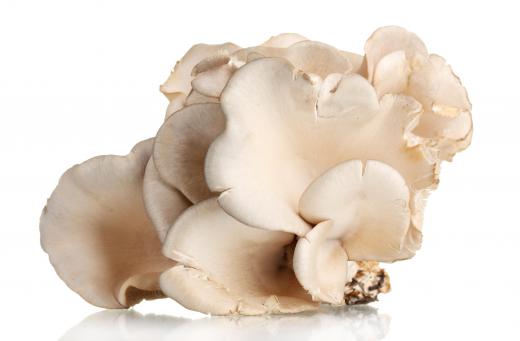What is a Eukaryote?
 Michael Anissimov
Michael Anissimov
A eukaryote is a type of cell (or unicellular organism) that possesses a nucleus and membrane-bound organelles, in contrast to prokaryotes (bacteria and archaea) which don't. Eukaryote means "good/true nut/kernel" in Greek, referring to the nucleus, while "prokaryote" means "before nut/kernel". Eukaryote cells tend to be larger (by about an order of magnitude) and much more complex than prokaryote cells.
All plant, animals, fungi, and many microorganisms are eukaryotes. Eukaryotic cells feature numerous organelles, or cellular sub-units with designated roles. These include mitochondria (which power the cell), endoplasmic reticulum (synthesizes important biomolecules), Golgi apparatus (processes and packages biomolecules), lysosomes (which break down dead or foreign material), centrioles (which mediate cell division), chloroplasts (found in plants), and a strong cytoskeleton. These organelles all float in the cytoplasm, a gooey, semi-transparent fluid that functions as the "blood" of the cell.

In addition, eukaryote cells may have a range of surface features used for locomotion or protection not found in prokaryotes. Examples include a flagella, such as those found in human sperm, and a cell wall, found in plants. Fungi cells have a chitin cell wall, the same material used by insects for their exoskeletons. Fungi such as mushrooms do not feel hard on contact because the thickness of their chitin walls is much less than the chitin exoskeletons of insects and other arthopods.

Eukaryotes have the potential for much greater complexity and diversity than prokaryotic cells. Some organelles in eukaryotic cells are actually ancestors of prokaryotes, that once had a symbiotic relationship with the eukaryote but have since been absorbed by it. Examples include mitochondria and chloroplasts. Mitochondria even have their own DNA, which over evolutionary time has slowly been transferred to the better-protected nucleus.

Eukaryotes are more recent among life on Earth than prokaryotes. While prokaryotes evolved 3.4 - 2.7 billion years ago, eukaryotes evolved between 2.1 and 1.6 billion years ago, although some evidence indicates a possible origin of 2.7 billion years ago. The earliest eukaryote fossils date to 1.2 billion years ago, in the form of red algae, a type of seaweed.
AS FEATURED ON:
AS FEATURED ON:














Discussion Comments
Is a eukaryote an autotroph or a heterotroph?
what is a eukaryote cell?
Don't know but the bat is on the wrong side of that progression.
Look at what causes that mutation artificially
Nitrate-
Mercury- phosphorous paint
you say China?
I say yes plus Japanese led - just add paint
and that is all.
Which one would you consider more efficient?
Anon12483 -- Unfortunately, no one is really certain of the answer to your question. With that said, some have suggested that eukaryotic cells first developed some 1.6 to 2.1 billion years ago. Eukaryotic cells in red alga fossils that date back 1.2 billion years have been found, and steranes found in Australian shales suggests that eukaryotes date back 2.7 billion years. Still others point to fossil stromatolites found in some sedimentary rocks dating back 3.5 billion years and offer that as proof that eukaryotic cells date back even further.
what was the first eukaryote???
Post your comments